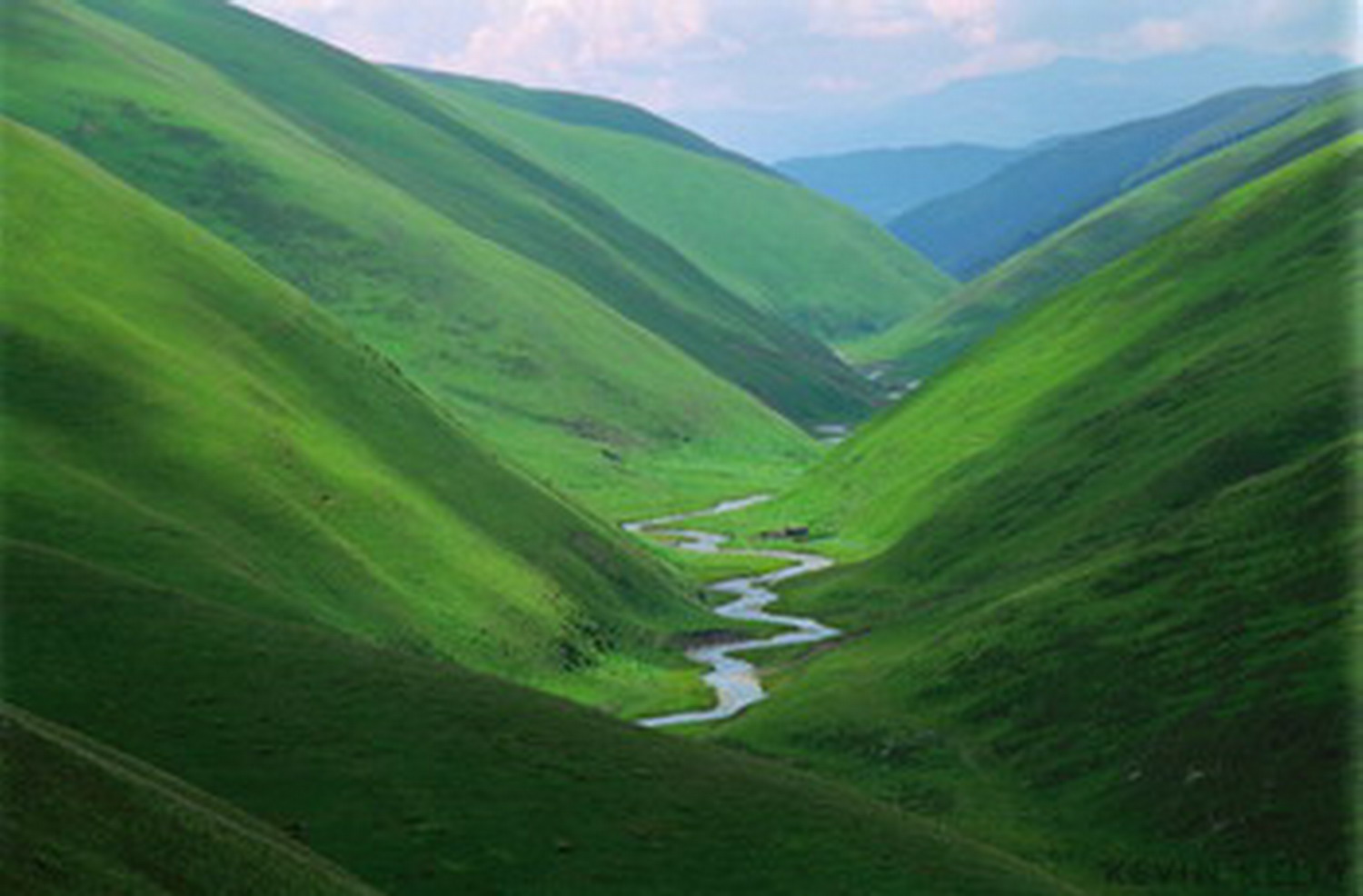Introduction to Valleys
Valleys have always been a source of intrigue and inspiration for travelers, geologists, and nature enthusiasts. These majestic formations, carved by the relentless forces of nature over millennia, offer a unique blend of scenic beauty and ecological significance. As we step into 2024, valleys continue to hold their charm, drawing visitors from around the world. In this article, we will delve into the mysteries of valleys, exploring their formation, significance, and the best ways to experience their allure.
Understanding Valley Formation
Valleys are formed through a variety of geological processes, primarily by the action of rivers and glaciers. River valleys, also known as V-shaped valleys, are created by the erosive action of flowing water over a long period. As the river cuts through the earth, it carves out a deep, narrow valley. On the other hand, glacial valleys, or U-shaped valleys, are formed by the movement of glaciers, which scrape and smooth the land as they advance. These processes result in the distinct shapes and features that are characteristic of valleys.
The Ecological Significance of Valleys
Valleys play a crucial role in maintaining ecological balance. They often serve as habitats for diverse flora and fauna, providing a safe haven for many species. The unique microclimates found in valleys support a wide range of plant life, which in turn sustains various animal populations. Moreover, valleys act as natural corridors, allowing for the movement and migration of species. This biodiversity is essential for the health of our planet, making valleys vital components of our natural world.
Valleys and Human Civilization
Throughout history, valleys have been pivotal in the development of human civilizations. Many ancient cultures thrived in valley regions due to the fertile land and abundant water resources they provided. The rich soil found in valleys is ideal for agriculture, supporting the growth of crops that sustain communities. Furthermore, valleys often offer natural protection from harsh weather, making them desirable locations for settlement. Today, valleys continue to be centers of human activity, with many towns and cities nestled within their boundaries.
Top Valleys to Visit in 2024
If you are planning to explore valleys in 2024, there are several stunning destinations to consider. Each valley offers its own unique charm and attractions. The Grand Canyon in the United States remains a favorite, with its breathtaking vistas and rich geological history. Meanwhile, the Loire Valley in France is renowned for its picturesque landscapes and historic châteaux. In Asia, the Hunza Valley in Pakistan offers a glimpse into ancient cultures amidst awe-inspiring mountain scenery. These are just a few of the countless valleys waiting to be discovered.
Tips for Exploring Valleys
When visiting valleys, it's important to be prepared to make the most of your experience. First and foremost, ensure you have appropriate footwear and clothing, as terrain can vary widely. Whether you're hiking or simply taking in the views, comfort and safety are key. Additionally, consider hiring a local guide who can offer valuable insights into the region's history and ecology. Lastly, respect the environment by adhering to Leave No Trace principles, ensuring that these natural wonders remain pristine for future generations.
The Role of Technology in Valley Exploration
In 2024, technology is playing an increasingly significant role in valley exploration. Drones, for example, are being used to capture stunning aerial footage of valleys, providing new perspectives that were once impossible to obtain. Virtual reality (VR) experiences are also gaining popularity, allowing individuals to explore valleys from the comfort of their homes. These technological advancements are enhancing our understanding and appreciation of valleys, making them more accessible to people worldwide.
Valleys and Climate Change
Valleys are not immune to the impacts of climate change. Rising temperatures and changing precipitation patterns are affecting the ecosystems within valleys, threatening the delicate balance of flora and fauna. Glaciers, which have historically shaped many valleys, are retreating at alarming rates, altering the landscapes they helped create. It is crucial for us to address these environmental challenges to preserve the beauty and biodiversity of valleys for future generations.
Valleys in Art and Culture
Valleys have long been a source of inspiration in art and culture. From paintings and literature to music and film, valleys have been depicted as places of beauty, mystery, and adventure. Artists often capture the breathtaking scenery and the sense of tranquility that valleys evoke. In literature, valleys are frequently portrayed as settings for epic tales and personal journeys. This cultural significance highlights the deep connection between humans and these natural formations.
Conclusion
As we embrace the year 2024, valleys continue to captivate our hearts and minds. Their beauty, ecological importance, and cultural significance make them treasured destinations for exploration and reflection. By understanding the formation and role of valleys, we can better appreciate their place in our natural world. Whether you are planning a visit or simply seeking to learn more, valleys offer endless opportunities for discovery. Let us cherish and protect these natural wonders, ensuring they endure for generations to come.
You Might Also Like
Exploring The Multifaceted Talent Of Nathalia Ramos In 2024Yao Ming: The Giant Who Bridged Cultures And Revolutionized Basketball
Discovering Sarah Underwood: A Journey Through Her Life And Achievements
Exploring The Multifaceted World Of Janine
Exploring The Career And Life Of Joey Lauren Adams In 2024: A Comprehensive Guide
Article Recommendations
- Kat Timpfs Husband Meet Husbands Name
- Sylvester Stallones 80s Iconic Action Rocky Returns
- Jeff Allen Tami Mishler A Story Of Love Comedy And Inspiration


